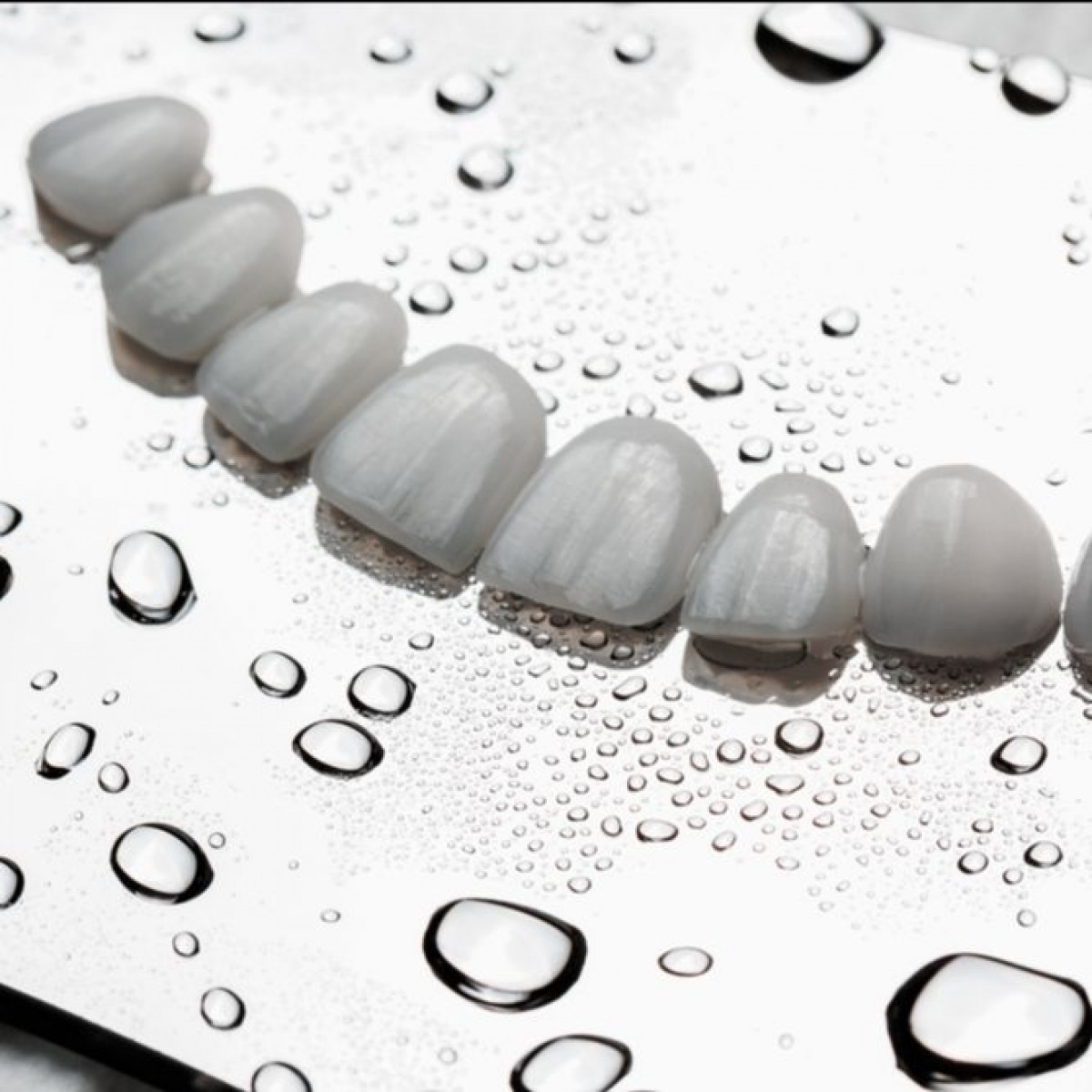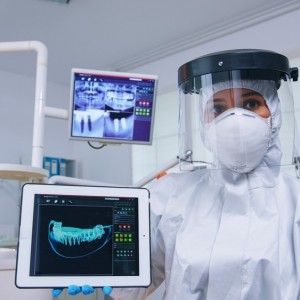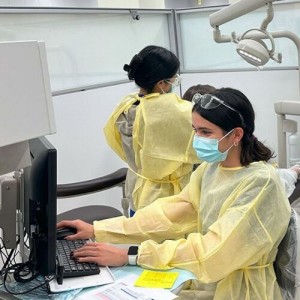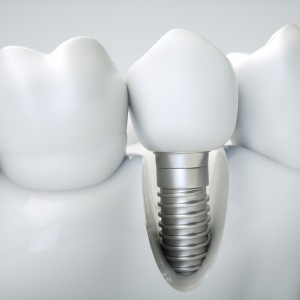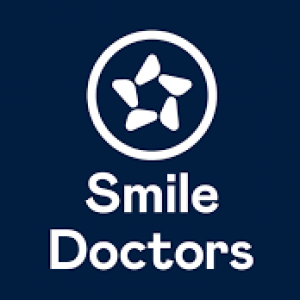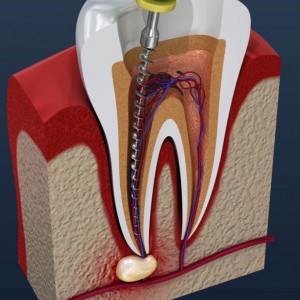
Clinical studies in restorative dentistry: New directions and new demands
Clinical research of restorative materials is confounded by problems of study designs, length of trials, type of information collected, and costs for trials, despite increasing numbers and considerable development of trials during the past 50 years. This opinion paper aims to discuss advantages and disadvantages of different study designs and outcomes for evaluating survival of dental restorations and to make recommendations for future study designs. Advantages and disadvantages of randomized trials, prospective and retrospective longitudinal studies, practice-based, pragmatic and cohort studies are addressed and discussed. The recommendations of the paper are that clinical trials should have rational control groups, include confounders such as patient risk factors in the data and analysis and should use outcome parameters relevant for profession and patients.
Introduction
Clinical research of restorative materials is confounded by problems of study designs, length of trials, type of information collected, and costs for trials, despite increasing numbers and considerable development of trials during the past 50 years. In the 1970s the first clinical studies on the performance of direct composites were published at a time when amalgam remained the gold standard material for direct restorations in posterior teeth. At that time performance investigations were more about the potential of test materials rather than effectiveness in everyday clinical practice, resulting in highly controlled studies, typically undertaken in academic institutions. Such studies revealed a great deal about the clinical performance of the materials under investigation, but had dubious applicability in the primary care settings. Today, there is an upcoming of so-called practice based studies that attempt to collect data from general practices, but at the same time include the risk to be flawed by untrained practitioners in placement, management, and assessment.
To reduce selection bias and allow restorations of different materials to be evaluated according to standardised and controlled protocols, well defined criteria for evaluating restorations were developed and introduced. For direct restorations, USPHS or Ryge criteria were published, with modified versions still being used today to assess various features of restorations. To modernise this method for the evaluation of dental restorations, new criteria were published by the FDI in 2007. These criteria were updated in 2010. Basically, this method for the assessment of the clinical performance of restorations requires that:
- Patients should be recalled for restoration evaluation visit (best within specific timeframes)
- All restorations should be clinically evaluated by calibrated evaluators.
- The evaluators should use prescribed list of criteria to assess qualities of the restorations, based on specific grades varying from excellent to poor in need of replacement. The number of used grades depends on the aim of the evaluation.
However, the detailed type of evaluation requires huge, sustained effort and incurs high costs for the recruitment of patients, the placement and baseline evaluation of the required number of restorations, and for the recall of patients at specific time points for the detailed assessment of the qualities of individual restorations, typically including clinical photographs and the recording of impressions. Costs may limit a study’s follow-up period, frequency of recall visits, let alone the number of patients included in the trial — factors critical to the viability of the investigations. Moreover, the relevance of such outcome measures to patients, providers and payers needs to be questioned.
To avoid selection bias and assessments of the efficacy of restorative materials and different treatment modalities, randomized controlled clinical trials (RCT) have been favoured in the past, being widely considered to be the best design to answer specific questions in clinical research. However, RCTs in dentistry are extremely resource intensive and costly and oftentimes performed under artificial conditions with limited external validity. Furthermore, many RCTs in dentistry suffer from limited sample sizes and relatively high participant attrition rates over, in particular, extended observation times, while materials under investigation are already replaced on the market.
The often proclaimed demand for more randomized clinical trials with longer observation times could be considered to be unhelpful, indeed unrealistic. Consequently, additional alternative designs and outcomes should be considered and accepted by funders and reviewers of research on the clinical performance of dental restorations. For example, retrospective clinical studies have the capacity to provide data over extended observation times on large numbers of restorations placed by general practitioners. These trials seek different outcomes (oftentimes less standardised and granular than RCTs), which merit more detailed consideration for their validity, sensitivity and reliability in guiding practitioners in primary care settings. Moreover, other designs like cohort studies should be considered. Cross sectional studies, that are often used to reflect the situation in general practice are unreliable for providing longevity data and should not be used for that purpose.
This opinion paper aims to discuss advantages and disadvantages of different study designs and outcomes for evaluating survival of dental restorations and to make recommendations for future study designs. It should serve as a basis for further discussions on the most efficient and effective use of resources available for clinical research in restorative dentistry to better serve both the advancement of the art and science of dentistry and the consumers of oral healthcare—our patients.
Authors: N.J.M. Opdam, K. Collares, R. Hickel, S.C. Bayne, B.A. Loomans, M.S. Cenci, C.D. Lynch, M.B. Correa, F. Demarco, F. Schwendicke, N.H.F. Wilson
Source: https://www.sciencedirect.com/
 Related articles
Related articles
Restorative dentistry 09 January 2025
Clinical studies in restorative dentistry: Design, conduct, analysis
Clinical studies should be one main aspect underlying dentists’ decision-making towards dental materials. Study design, conduct, analysis and reporting impact on the usefulness of studies.
Periodontology 07 January 2025
To analyse the level of evidence (LOE) of clinical studies in the field of periodontology, and to investigate whether LOE is a predictor of scientific impact and social impact.
Digital Dentistry 19 November 2025
Increasing awareness of tooth fracture, both complete and incomplete, as a significant disease entity has led to improved diagnostic techniques.
Restorative dentistry 03 November 2025
The worldwide interest of both dentists and patients in esthetic dentistry has affected decision-making in dental practice.
Restorative dentistry 12 September 2025
Traumatic tooth injuries involve function and aesthetics and cause damage that range from minimal enamel loss to complex fractures involving the pulp tissue and even loss of the tooth crown.
 Read more
Read more
Implantology 02 December 2025
Flapless implant surgery in the esthetic region: advantages and precautions.
Because osseointegration is now considered highly predictable, the current trend is to develop techniques that can provide function, esthetics, and comfort with a minimally invasive surgical...
Editorials 02 December 2025
Thomas Miller joined Harvard School of Dental Medicine (HSDM) as Dean for Administration and Chief Operations Officer a year ago and has been a key figure through a period of transformation at the...
Products 02 December 2025
GoTu Technology, the nation’s leading dental talent marketplace, today announced a $45 million growth investment led by Long Ridge Equity Partners (“Long Ridge”), with participation from...
News 02 December 2025
Smile Doctors, the leading orthodontic support organization (OSO) in the United States, proudly announces the addition of two new affiliated practices and two joint venture expansion...
News 02 December 2025
While endodontists have long touted the positive oral health benefits of root canal treatment to relieve dental pain and save natural teeth, a new study suggests that this common dental procedure may...


